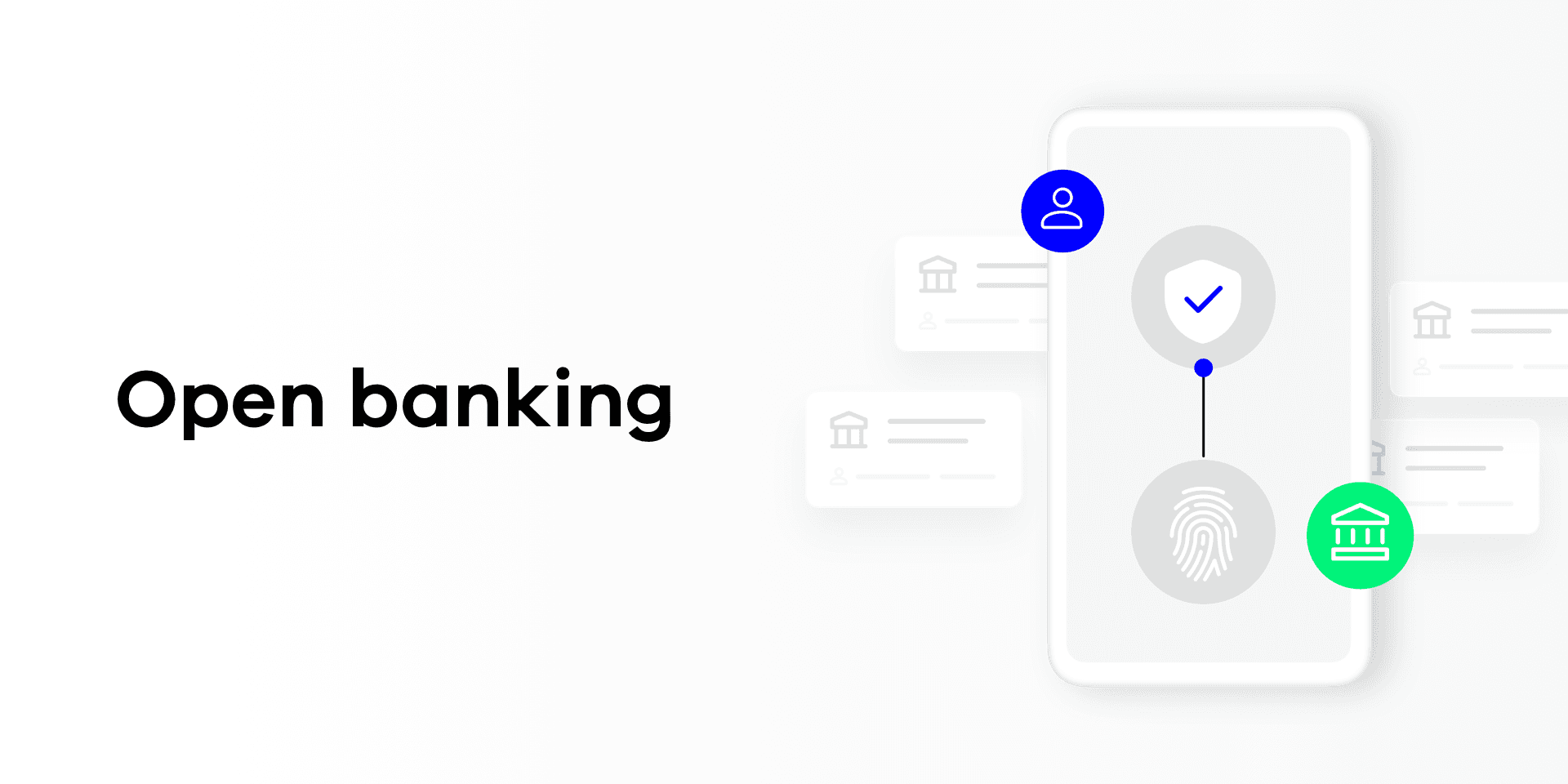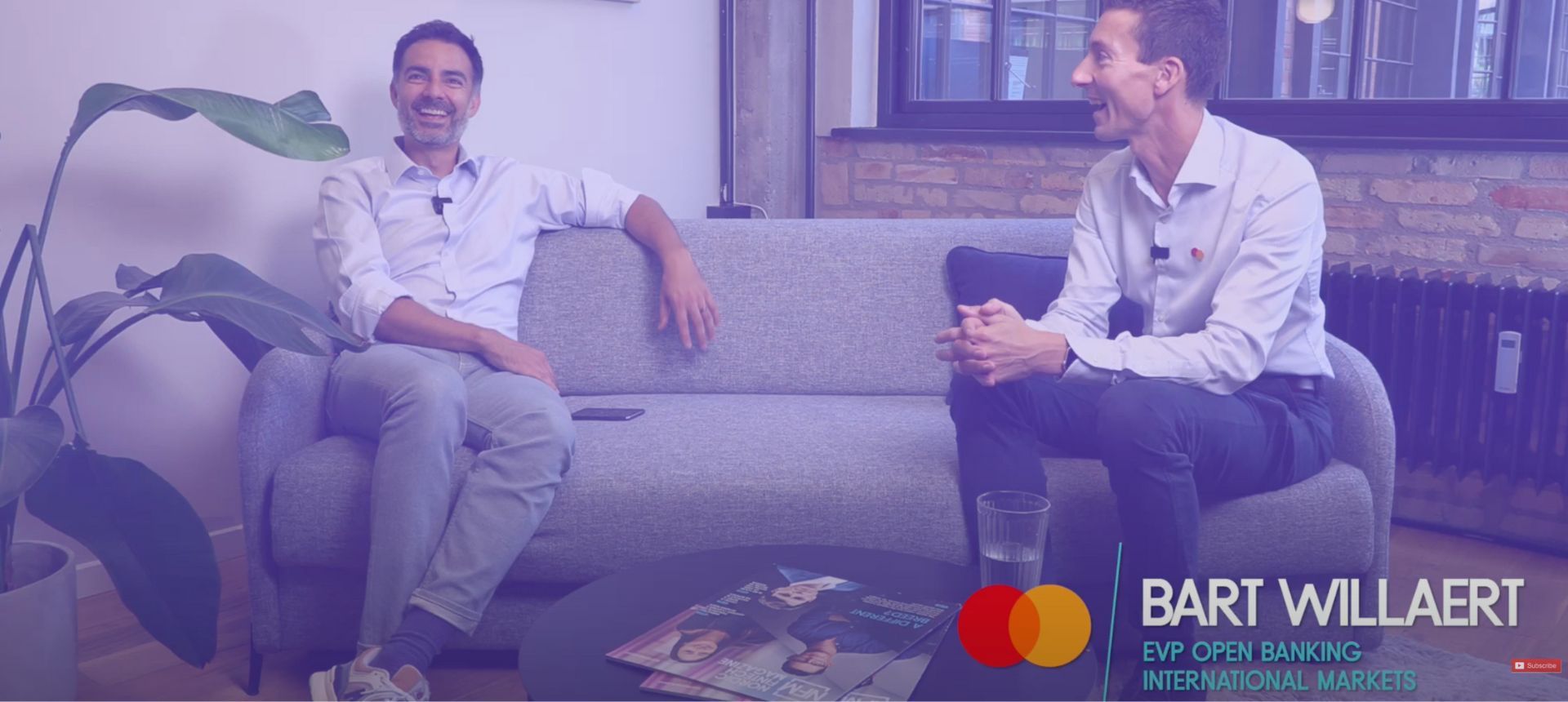
What is open banking and what can you use it for?
January 08, 2021 | Louise Basse
Open banking. PSD2 APIs. Dedicated interfaces.
You might have come across the terms several times, but what do they actually mean? And why exactly is open banking relevant for both businesses and consumers?
To explain why everyone should know about open banking, we’ve created an easy-read guide that explains everything about PSD2 and open banking APIs.
Open banking: A world of more valuable services
Put simply, PSD2 APIs are all about opening up the financial sector and allowing all businesses to build user-driven services with access to financial data. Traditionally, banks and financial institutions held all their customers’ financial data. But with open banking APIs, businesses are able to use financial data to create unique and personalised products and services.

What’s more, PSD2 APIs not only allow businesses to offer better services. They also empower consumers to assume full ownership of their financial data, as they now have the choice to decide what services they would like to share their financial data with to get more convenient services. Without the explicit consent of the consumers, open banking wouldn’t exist.
With PSD2 APIs, it’s no longer up to the banks to decide what your financial data should be used for – and that creates a whole new level of competition, which results in better products and services on the market.
See all you need to know about PSD2 here
Boost convenience and personalisation with PSD2
There’s no doubt that data is a digital fuel in our time. By opening up for all businesses from different industries to use financial data, open banking and PSD2 APIs ensure that all businesses have the same opportunity to create automated, convenient and personalised services – no matter what industry they operate in.
So, how can open banking APIs help your business?
Let’s say you're an accounting system provider and you want to automate the workflow for your users. Instead of having your users manually download data sets from the online bank, open banking enables you to show your users their financial data directly in your service, so they can truly automate time-consuming tasks, such as bank reconciliation.
But that’s not all. From user-driven PFM apps to accurate credit-scoring models and automated accounting solutions, the use cases open banking can help define are practically endless. Businesses from many different industries, including the ones below, can also leverage PSD2 APIs to create better services for consumers and other businesses:
- Asset or property management
- Insurance companies
- Law firms
- Utility companies
- Retail and e-commerce
- Car sharing and bike sharing services
See more inspirational open banking use cases
Fairer and smoother payments with open banking
PSD2 APIs are not only about being able to use financial data to create better services. Open banking also means you can integrate seamless account-to-account payments directly into your product. With PSD2 APIs, everyone with a bank account can pay and accept payments at the fraction of the price of a credit card payment, explains our CEO and Founder, Rune Mai:
“When you press pay in a webshop, normally a payment window will appear, where you select a credit card type and enter 16 digits. With the open banking solution, an interface appears, where you select your bank, log in to your online banking, select an account, receive a receipt and then return to the webshop. So you don’t have to enter any information, but rather log on to your online banking as you usually do.”
But open banking payments are not only for e-commerce sites. Accounting system providers, insurance companies, loyalty programmes, pension funds and many more industries can also benefit from the opportunities that PSD2 APIs have to offer.
Read all you need to know about open banking payments
Want to know about how your business can take advantage of PSD2 APIs? Drop us a line and we’ll show you how open banking can help your business.




